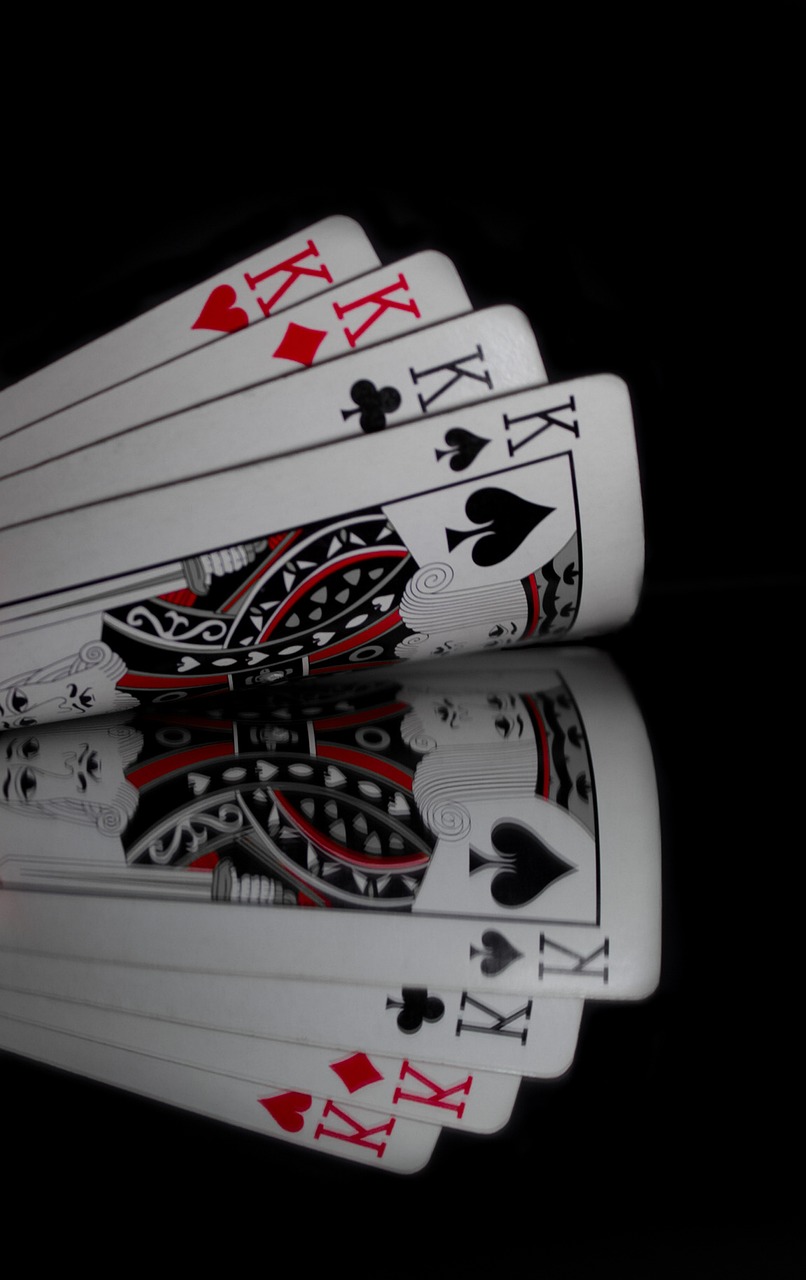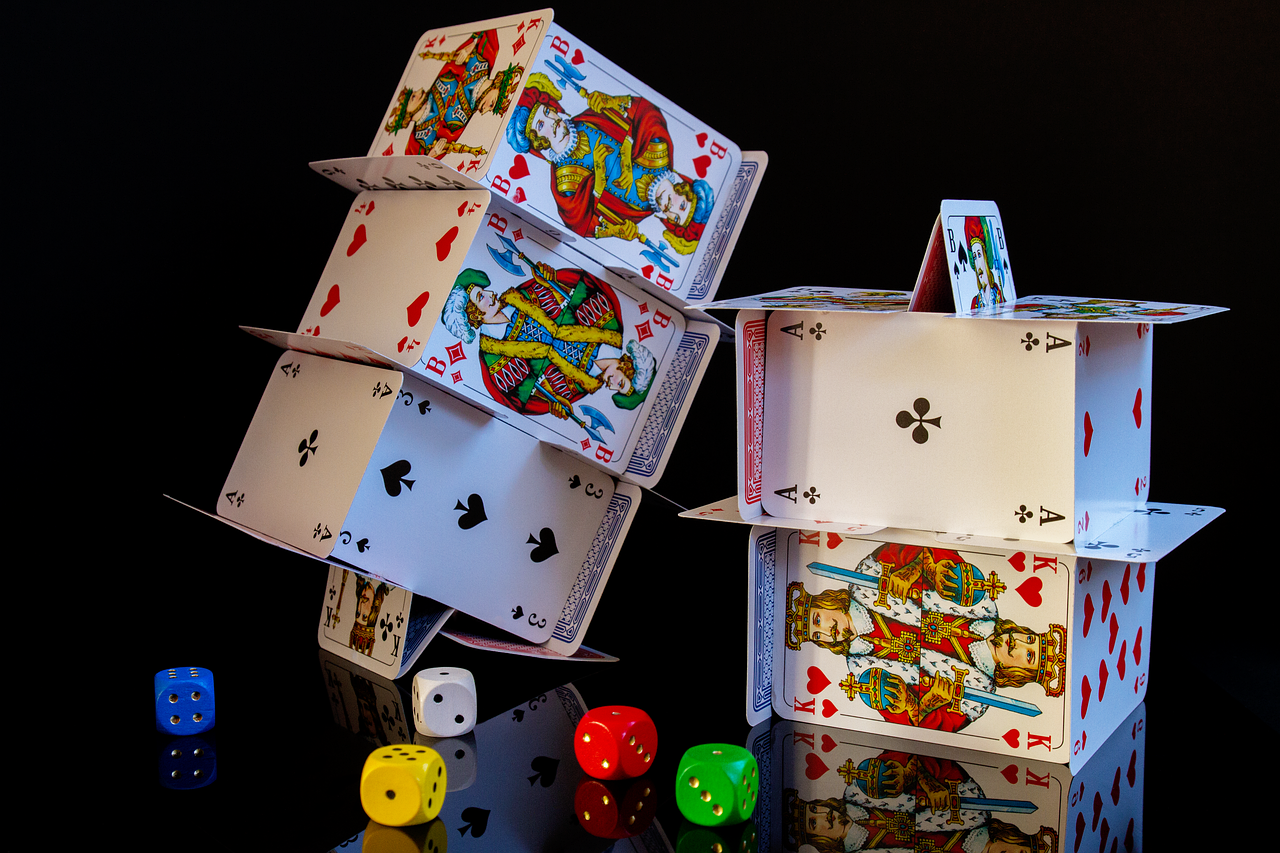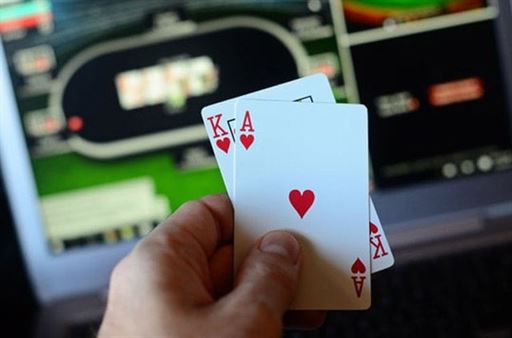The Art of Bluffing: Mastering Deception and Extracting Value in Texas Holdem is a comprehensive guide that delves into the intricate world of bluffing in the popular poker game, Texas Holdem. This book explores the strategies, techniques, and psychology behind successful bluffing, providing readers with valuable insights on how to deceive opponents and extract maximum value from their hands. Whether you’re a beginner looking to enhance your bluffing skills or an experienced player aiming to take your game to the next level, this book offers a wealth of knowledge and practical advice to help you become a master of deception in Texas Holdem.
The Psychology Behind Bluffing in Texas Holdem
The game of Texas Holdem is not just about the cards you hold in your hand, but also about the mind games you play with your opponents. Bluffing is a crucial aspect of the game, and mastering the art of deception can greatly enhance your chances of winning. In this section, we will delve into the psychology behind bluffing in Texas Holdem and explore how it can be used to extract value from your opponents.
Bluffing is essentially a form of deception, where you make your opponents believe that you have a stronger hand than you actually do. It is a strategic move that can be used to manipulate your opponents’ decisions and force them to make mistakes. However, bluffing is not a random act; it requires careful observation and analysis of your opponents’ behavior and tendencies.
One of the key factors in successful bluffing is understanding your opponents’ mindset. By observing their actions and reactions, you can gain valuable insights into their thought processes. For example, if a player is consistently cautious and folds easily, they are more likely to be intimidated by aggressive betting and are prime targets for a bluff. On the other hand, if a player is known for being reckless and frequently calls or raises, bluffing may not be as effective against them.
Timing is another crucial aspect of bluffing. It is important to choose the right moment to execute a bluff, as mistiming can lead to disastrous consequences. Bluffing too early in a hand, when there are still many players in the game, increases the chances of someone calling your bluff. Conversely, bluffing too late, when there are only a few players left, may not yield the desired results as your opponents are more likely to have strong hands.
Another psychological factor to consider is the concept of image. Your image at the table plays a significant role in how your opponents perceive your actions. If you have been playing conservatively and only showing strong hands, your opponents are more likely to believe your bluffs. Conversely, if you have been bluffing frequently and getting caught, your opponents may be more inclined to call your bluffs.
Furthermore, understanding the concept of pot odds can greatly enhance your bluffing strategy. Pot odds refer to the ratio of the current size of the pot to the cost of a contemplated call. By calculating the pot odds, you can determine the likelihood of your bluff being successful. If the pot odds are favorable, it may be worth taking the risk and attempting a bluff.
In conclusion, bluffing is an essential skill in Texas Holdem that can greatly increase your chances of winning. By understanding the psychology behind bluffing, you can manipulate your opponents’ decisions and extract value from them. Remember to carefully observe your opponents’ behavior, choose the right moment to execute a bluff, and consider your image at the table. With practice and experience, you can master the art of bluffing and become a formidable player in the game of Texas Holdem.
Advanced Strategies for Bluffing in Texas Holdem
Bluffing is an essential skill in Texas Holdem, separating the amateurs from the professionals. It is a technique that involves deceiving your opponents into believing that you have a stronger hand than you actually do. When executed correctly, bluffing can be a powerful tool for extracting value and winning pots that you would otherwise lose.
One of the most important aspects of bluffing is timing. Knowing when to bluff and when to fold is crucial. Bluffing too often can make you predictable and easily exploitable. On the other hand, never bluffing can make your opponents feel comfortable calling your bets, even when they have weak hands. Finding the right balance is key.
Another important factor to consider is your table image. Your opponents will form opinions about your playing style based on your previous actions. If you have been playing tight and only showing strong hands, your bluffs are more likely to be successful. However, if you have been caught bluffing multiple times, your opponents will be more inclined to call your bets. Adapting your bluffing strategy based on your table image is crucial for success.
Position is also a critical factor in bluffing. Bluffing from late position gives you an advantage, as you have more information about your opponents’ actions. If everyone before you has checked or folded, it is a good opportunity to bluff and steal the pot. However, bluffing from early position is riskier, as you have less information about your opponents’ hands. It is generally recommended to bluff less frequently from early position.
Another advanced bluffing strategy is the continuation bet. This involves betting on the flop after raising pre-flop, regardless of whether your hand improved or not. The purpose of this bet is to represent a strong hand and put pressure on your opponents. However, it is important to be selective with your continuation bets. If the flop is coordinated and likely to have hit your opponents’ hands, it may be better to check and reevaluate your strategy.
Bluffing in multi-way pots requires a different approach. With more players involved, the chances of someone having a strong hand increase. Bluffing in these situations should be done with caution. It is important to consider the range of hands your opponents could have and the likelihood of them folding. Bluffing in multi-way pots is generally more effective when the board is uncoordinated and unlikely to have hit anyone’s hand.
Finally, it is important to be aware of your opponents’ tendencies and adjust your bluffing strategy accordingly. Some players are more likely to call bets, while others are more prone to folding. Exploiting these tendencies can greatly increase your bluffing success. Additionally, paying attention to your opponents’ body language and betting patterns can provide valuable information about the strength of their hands.
In conclusion, mastering the art of bluffing is a crucial skill for any serious Texas Holdem player. Timing, table image, position, and opponent tendencies are all important factors to consider when bluffing. By carefully selecting your bluffing spots and adapting your strategy based on the situation, you can effectively deceive your opponents and extract value from weaker hands. Remember, bluffing is not about blindly betting and hoping for the best. It is a calculated technique that requires skill, observation, and practice.
Reading Opponents: How to Spot Bluffs in Texas Holdem
While luck plays a significant role in the game, mastering the art of deception can greatly increase your chances of success. By carefully observing your opponents’ behavior and using your intuition, you can gain valuable insights into their hand strength and make informed decisions that extract maximum value from each hand.
One of the first things to look for when trying to spot a bluff is any sudden change in your opponent’s demeanor. A player who is typically calm and composed may suddenly become fidgety or start sweating when they are bluffing. Similarly, someone who is usually talkative may suddenly become quiet and avoid eye contact. These subtle changes in behavior can be a telltale sign that your opponent is trying to deceive you.
Another important clue to look for is the timing of your opponent’s bets. A player who quickly and confidently places a large bet may be trying to intimidate you into folding. On the other hand, a hesitant or reluctant bet may indicate that your opponent is unsure of their hand and is bluffing to try and steal the pot. By paying close attention to the timing of your opponent’s bets, you can gain valuable insights into their hand strength and adjust your strategy accordingly.
In addition to observing your opponent’s behavior, it is also essential to consider the overall context of the game. If a player has been consistently aggressive throughout the hand, it is more likely that they have a strong hand and are not bluffing. Conversely, if a player has been playing passively and suddenly becomes aggressive, it may be a sign that they are bluffing. By analyzing the overall dynamics of the game and considering how your opponent has been playing, you can make more accurate judgments about the likelihood of a bluff.
While observing your opponents’ behavior and analyzing the context of the game are crucial for spotting bluffs, it is also important to trust your intuition. Sometimes, you may have a gut feeling that your opponent is bluffing, even if there are no obvious signs. This intuition is often the result of years of experience and can be a powerful tool in your arsenal. However, it is important to note that intuition should never be relied upon solely. It should always be used in conjunction with other factors, such as behavior and game context, to make informed decisions.
In conclusion, the ability to read your opponents and spot bluffs is a vital skill in Texas Holdem. By carefully observing your opponents’ behavior, analyzing the context of the game, and trusting your intuition, you can gain valuable insights into their hand strength and make informed decisions that extract maximum value from each hand. While luck will always play a role in the game, mastering the art of deception can greatly increase your chances of success. So, the next time you sit down at the poker table, remember to keep a keen eye on your opponents and use your newfound skills to your advantage.
Maximizing Value: Extracting the Most from Bluffs in Texas Holdem
In the high-stakes world of Texas Holdem Poker, bluffing is an art form that separates the amateurs from the professionals. It is a skill that requires a deep understanding of the game, a keen sense of observation, and the ability to deceive your opponents. But bluffing is not just about fooling your opponents into folding their hands; it is also about extracting maximum value from your bluffs.
To maximize the value of your bluffs, you must first understand the psychology of your opponents. Every player at the table has a unique playing style and a set of tendencies that can be exploited. Some players are more risk-averse and will fold easily, while others are more aggressive and will call or raise with weaker hands. By observing your opponents closely, you can identify their weaknesses and tailor your bluffs accordingly.
Timing is crucial when it comes to bluffing. You must choose the right moment to make your move, when your opponents are most likely to believe your bluff. This requires a deep understanding of the game and the ability to read your opponents’ reactions. If you notice that a player is getting frustrated or impatient, it may be a good time to launch a bluff. Similarly, if a player has been playing conservatively and suddenly starts betting aggressively, it could be a sign that they are bluffing themselves. By capitalizing on these moments, you can extract maximum value from your bluffs.
Another important aspect of maximizing value in bluffs is the size of your bets. A well-executed bluff should be convincing enough to make your opponents believe that you have a strong hand. However, if your bet is too large, it may scare them away and cause them to fold. On the other hand, if your bet is too small, it may not be enough to make them doubt the strength of their own hands. Finding the right balance is key. By making calculated bets that are just large enough to make your opponents uncomfortable, you can extract maximum value from your bluffs.
It is also important to consider the overall context of the game when bluffing. If you have been playing tight and conservative throughout the game, your opponents are more likely to believe your bluff. However, if you have been bluffing frequently, your opponents may catch on and start calling or raising more often. Varying your playing style and mixing in bluffs strategically can help keep your opponents off balance and maximize the value of your bluffs.
In conclusion, maximizing value in bluffs requires a combination of skill, observation, and timing. By understanding the psychology of your opponents, choosing the right moments to bluff, making calculated bets, and varying your playing style, you can extract maximum value from your bluffs in Texas Holdem. Bluffing is not just about fooling your opponents; it is about using deception to your advantage and gaining an edge in the game. Mastering the art of bluffing is a crucial skill for any serious Texas Holdem player. Mastering the art of bluffing in Texas Holdem is a crucial skill for players looking to extract value from their opponents. Bluffing involves deceiving opponents into believing that one’s hand is stronger or weaker than it actually is, leading them to make suboptimal decisions. By understanding the psychology behind bluffing and employing strategic tactics, players can effectively bluff and maximize their winnings in the game.





